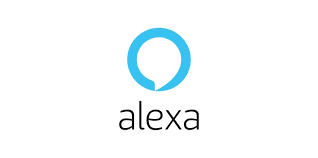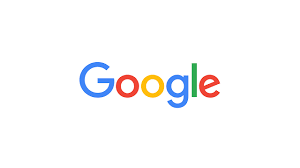Saatchi LA Trained IBM Watson to Write Thousands of Ads for Toyota – AI discovered science-based insights
Artificial Intelligence News
May 23, 2017
The Mirai is Toyota’s car of the future. It runs on hydrogen fuel cells, gets 312 miles on a full tank and only emits water vapor. So, to target tech and science enthusiasts, the brand is running thousands of ads with messaging crafted based on their interests.
The catch? The campaign was written by IBM’s supercomputer, Watson. After spending two to three months training the AI to piece together coherent sentences and phrases, Saatchi LA began rolling out a campaign last week on Facebook called “Thousands of Ways to Say Yes” that pitches the car through short video clips.
“When we started to look at the people who were going to be interested in this car, we realized it was people who were new technology adopters,—it was psychologists; it was engineers,” said Chris Pierantozzi, ecd at Saatchi LA. “So we wanted to make an ad for almost every single potential buyer of this car—one for every type of Mirai driver.”
First, Saatchi LA wrote 50 scripts based on location, behavioral insights and occupation data that explained the car’s features to set up a structure for the campaign. The scripts were then used to train Watson so it could whip up thousands of pieces of copy that sounded like they were written by humans.
“We realized that we couldn’t just let it go out and try to figure out the creative on its own,” Pierantozzi said. “We had to give it guidelines with exactly what we wanted, so then it then had a little bit of creative freedom to come up with some of the thoughts on its own.”
The AI then scraped the internet, including sites like YouTube and Wikipedia, to create a neural network of words and phrases about what it means to be a scientist and put the thoughts together into sentences.
Getting the AI to string together a proper sentence was a challenge at first, Pierantozzi said. The first piece of copy it came back with was the incoherent sentence, “Yes, probably in this out we saw can I realized in college to cook applied into the.” Another early ad read, “Yes, the worried scientist mother there.”
“AI was a core expectation of the project from the get-go but the undertaking was massive given that we needed a ton of lines and 42 brains to work together to create the specific copy to feed into the wild,” explained Chris Neff, executive producer of Tool of North America, the production company behind the work. “AI production is time consuming and requires an open mind. You may not get the results that you think you will get and that expectation has to be set from day one.”
After a few more attempts, “We realized that it was struggling with the words that it had learned to create cohesive sentences,” Saatchi LA’s Pierantozzi said. “[We] allowed it to take all of the words within the neural net and apply them to things like nouns, adjectives, pronouns, phrases.”
About halfway through the process, Watson began putting together sentences, but they weren’t connected to each other. So, the last group of training sessions focused on word meaning and cohesively using words together. During this phase, Saatchi LA began to rank the AI responses to train the technology on whether something was “good” or “bad.”
During the ninth training session—about two and half months into the project—Watson wrote a piece that read, “Yes, it’s for fans of possibility.” Then it spat out an ad referencing Carbon-14, a radioactive isotope used in radiocarbon dating that fit with the campaign’s target audience of scientists. Something had finally clicked. “It was finding these very deep, weird insights that it mined out and it started to put it into sentence structures—things that maybe we necessarily in the advertising industry wouldn’t be able to find on our own,” Pierantozzi explained.
The final version of creative included lines like, “Yes, it’s Mother Nature approved,” “Yes, this car is an ode to tech” and “Yes, the future is available now.” Other phrases in the campaign include, “Yes, it’s a better future for insects,” “Yes, it will turn heads on the moon” and “Yes, it drives like a planet.”
Creative was ultimately vetted by Saatchi LA’s copywriters before it was pushed out.
“At the very end, we would still go through all of the lines and make sure that what was being out live, we were evaluating the content that the AI was writing for,” Pierantozzi said.
By Lauren Johnson
Full article: http://www.adweek.com/digital/saatchi-la-trained-ibm-watson-to-write-thousands-of-ads-for-toyota/
Contact Information:
http://www.adweek.com/digital/saatchi-la-trained-ibm-watson-to-write-thousands-of-ads-for-toyota/




